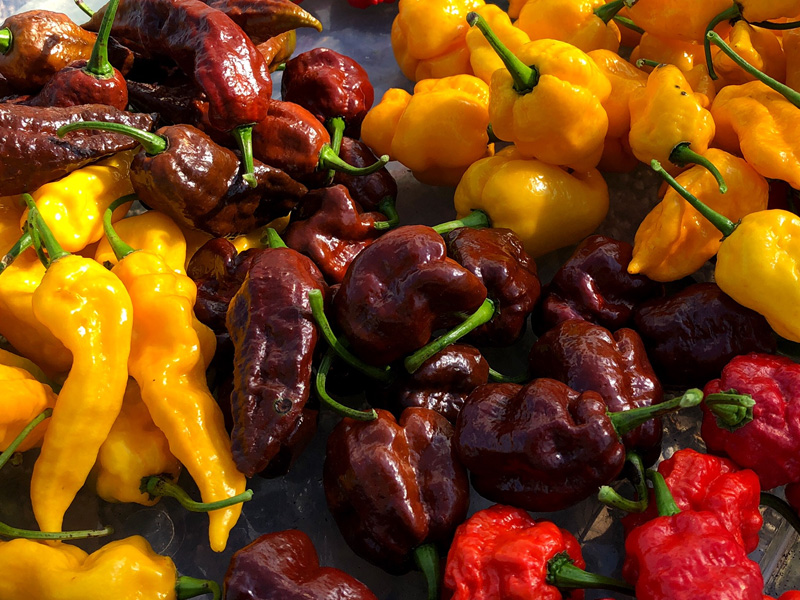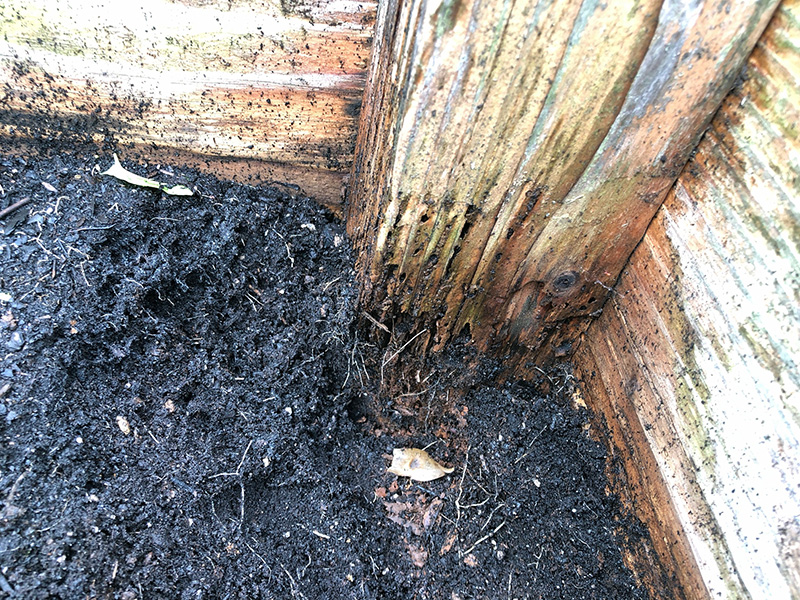Lessons Learned from the 2021 Pepper Season
It’s that time of year again. The pepper season is long done, so let’s review the past several months and dive into the fifth installment of “Lessons Learned” – a look back on what went well and not-so-well in 2021 growing season.
Aside from two plants the never produced a ripe fruit, this year was phenomenal. The plants that eventually made it outside were healthy and quite productive. Those two lagging plants were both within the Rocoto family and the Virginia heat was probably a bit too much for them. Which leads us into the first lesson learned.
Know Your Climate Zone
I’ve grown Rocotos in the past with success, but that doesn’t mean that each type in that family is going to do just as well. Such was the case with my Ecuadorian Read Pepper For Hell and a Brown Rocoto that I had going in one of the raised beds. Both plants were massive in size, putting out hundreds of blossoms all season long. The problem, however, was that none of those blossoms made the transition to baby peppers until really late in the season as the Summer temperatures cooled a bit. By the time I had full-sized, ripening fruit on these plants, Mother Nature decided to turn on the air conditioning and bring the first frost of the season.
I should do a bit more research into what pepper varieties grow best in environments similar to my own, but I just get to excited with the prospect of growing unique plants that I tend to skip this step. That being said, most peppers do quite well in my area so it hasn’t been a huge issue.

Lesson #2: You Won’t Like Everything You Grow
This one took me a while to fully grasp as I started growing more and more varieties each year. Early on in my peppery adventures, I would harvest and save everything, regardless of whether I liked it or not. Eventually, I would do a freezer clean-up and finally decide not to keep some varieties due to lack of interest. Now, after taste testing a variety several times over, I’ll make the early decision to either store fruit or not. No matter how stunning the pepper may be when the sun hits it just right in the morning, if I don’t like the flavor, I’m not going to keep it. Sure, I’ll nurture the plant for the rest of the season because I enjoy looking at it. The ripe fruit, I’ll typically give away to friends or family.
Lesson #3: Maintenance
The last item from this past season really doesn’t directly involve the pepper plants themselves. I have (at the time of this post) seven raised beds made out of wood. Three of those beds are dedicated to my peppers. These particular beds were constructed for the 2018 season and are starting to show signs of wear and tear. Just check out the corner post in the photo below.

The sides of the raised beds are cedar and will last a few more years before issues arise, but the corner posts are not. In fact, I don’t know what kid of wood they are. All I know is that they are rotting and quickly. I had thought about digging them out and replacing with a different wood, but with lumber prices being astronomical right now, I had to go a different direction. I have decided to add metal bracing to the outside of the bed frames to keep the corners and sides tight with one another. This should last a good while longer and are easily removed if ever I need to address the side walls of the beds.
So, that’s it for this years lessons. I still have a couple dozen pepper reviews in the works that will be posted before years end, as well as planning for the 2022 season. Until next time!